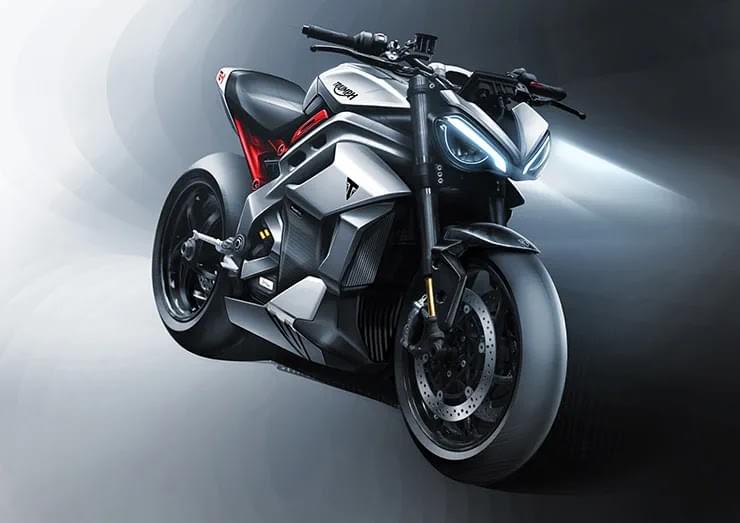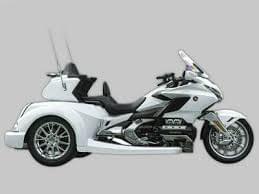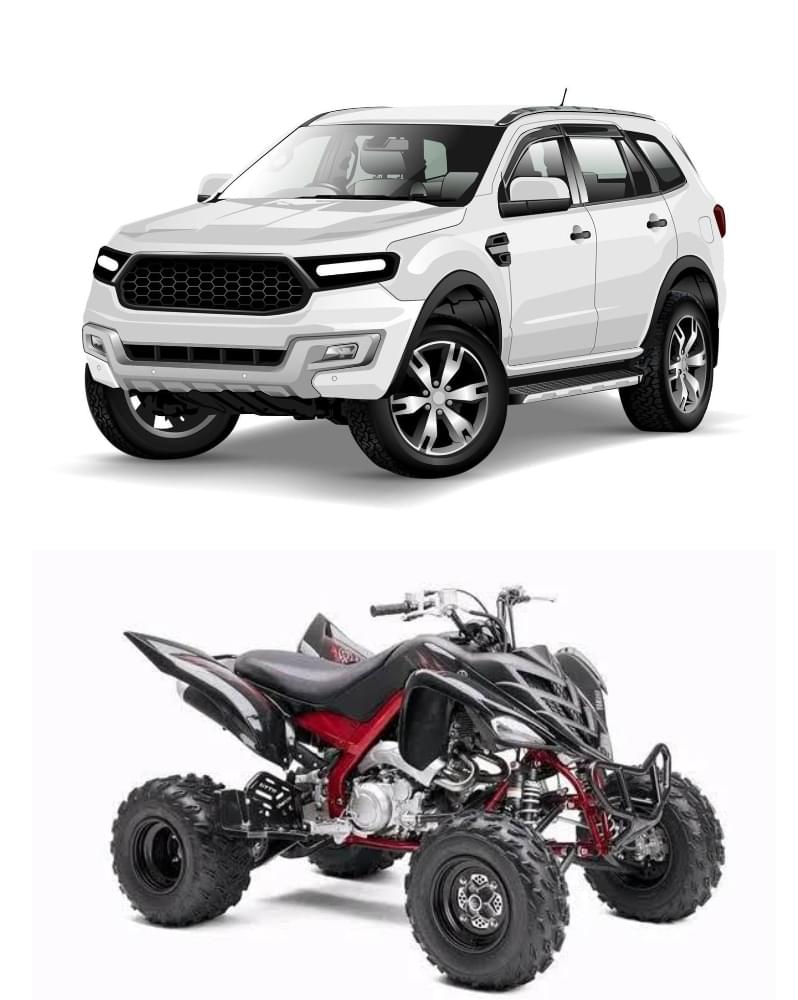Class I and 2
Motorbike/Scooter: £29
Motorbike and Sidecar: £35

Class 3
3 Wheeled Vehicles upto 450KG unladed: £35

Class 4
Quad Bikes: £40
Cars & small vans: £50

What is an MOT?
An MOT test is an annual inspection that is required by law on all vehicles in the UK that are older than 3 years. A comprehensive inspection/MOT test to meet the set criteria by the DVSA to ensure the vehicle is in a safe and roadworthy condition, will be conducted at the MOT test centre by a person accredited by DVSA (the MOT tester).
The assessment is based on the condition of the vehicle on the day the assessment takes place - passing an MOT does not guarantee the condition of the tyres for example 6 months later.
If your vehicle passes, the tester will provide you with a pass certificate. They will also list for you any 'minor' or 'advisory' items that will require attention in the near future so you can keep an eye on them.
If the vehicle fails, you will receive a list of the 'major' or 'dangerous' faults. If these are easy fixes and can be addressed without your car leaving the garage, you will be provided with a free re-test to be taken within 10 working days.



